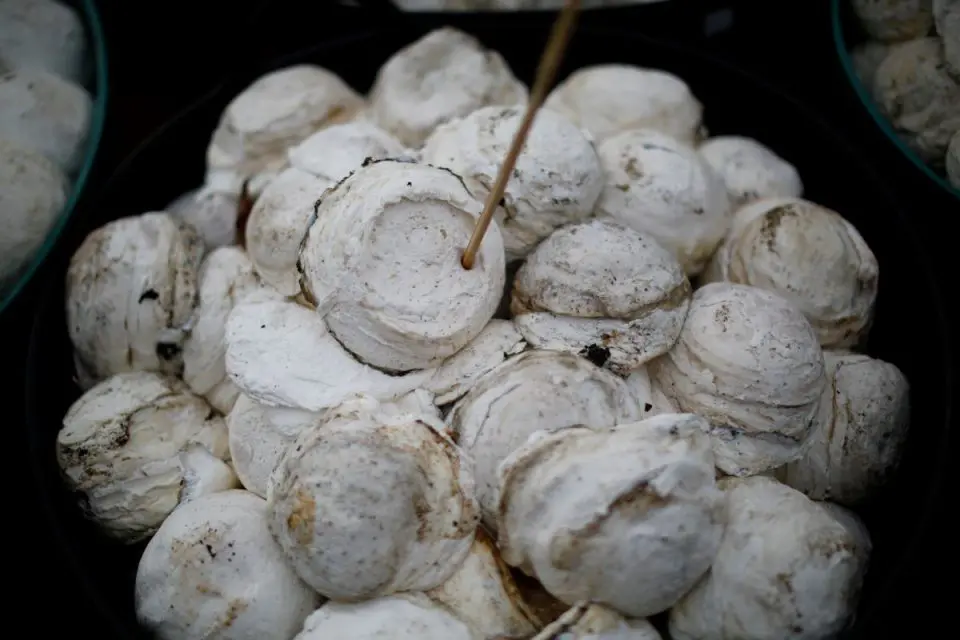KUALA LUMPUR, Oct 26 — The government does not plan to replace the rubber commodity with kenaf or bamboo, said Deputy Prime Minister Datuk Seri Fadillah Yusof.
Fadillah, who is also the Plantation and Commodities Minister, said although many rubber plantations have been replaced with palm oil, it is important for rubber and scrap (cup lump rubber) production to be maintained in Malaysia.
“In fact, we introduced a pilot programme (latex production incentive) to encourage latex production instead of scrap.
“This is because latex’s price is better at RM5, better than scrap; by producing latex, smallholders and tappers can sell to factories directly without going through middlemen, and this will give them better income,” he said during the question-and-answer session at the Dewan Rakyat today.
The pilot project, which will be implemented for a one-year period, will start in Perak, before expanding to Kedah and Sabah.
Fadillah was responding to Temerloh MP Salamiah Mohd Nor’s supplementary query on whether the ministry intends to switch to kenaf or bamboo instead of rubber as it is more commercial and has a shorter maturity period.
Meanwhile, in response to her original query on why the government maintains rubber imports from Thailand, Vietnam, and Africa, he said it is to meet domestic demand, especially for the latex-based rubber product manufacturing sector.
Last year, the country’s latex production only amounted to 14,593 tonnes, while the rubber product manufacturing sector required 365,000 tonnes.
“Also, to meet the demand of the export market, especially dry rubber, Malaysia produced 362,000 tonnes of scrap last year, but the export demand for dry rubber amounted to almost one million tonnes.
“In addition, the country’s natural rubber processing sector, with an estimated 1.5 million tonnes production capacity, needs raw materials to continue operations and remain competitive,” Fadillah said.
Compared with the rubber goods manufacturing industry’s demand, lower local rubber production has caused the country to continue importing rubber from other rubber-producing countries.
“In 2022, Malaysia’s latex production was low and can only cover around four per cent of total domestic consumption, but exports for latex-based downstream products, such as rubber gloves, are high at RM21.302 billion, equivalent to 78 per cent of total rubber product exports,” he added.
— Bernama





